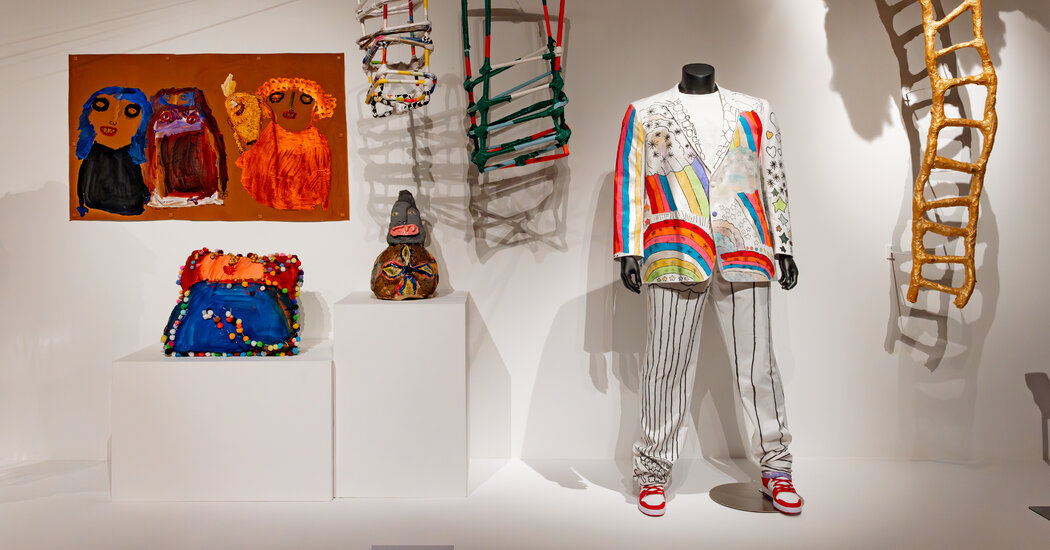San Francisco Wants to Eliminate Illegal License Plate Covers
A suspect speeds through city streets while trying to evade the police and, with the push of a button next to the driver’s seat, lowers an opaque screen over the car’s license plate.
It sounds like a cartoonish device that the Joker might use to thwart Batman, but it’s very real — and readily available online for about $50.
It’s illegal to use such a gadget in California and illegal to sell one, too. But that hasn’t stopped people from selling a variety of products intended to obscure license plate numbers to shoppers across the state on Amazon, Walmart, eBay and even Etsy.
The San Francisco city attorney, David Chiu, has a host of these devices in his wood-paneled office in City Hall. And on Wednesday, he plans to announce that he will demand that the four companies remove the products from their websites.
“It sounds like something out of Gotham City, and it shouldn’t be legal anywhere in America,” Chiu said. “The product descriptions themselves, as well as reviews by their customers, make it abundantly clear these are products used for illegal activity.”
The gadgets include remote-controlled devices that drivers can use to lower screens over their license plates; vinyl wraps with numbers that conceal the real ones; and cloudy screens that can be placed over plates to make their numbers impossible to read.
They can be used to skirt bridge tolls, red-light cameras and speed enforcement cameras, which will be allowed in San Francisco and a few other California cities starting next year. Chiu said his lawyers found comments in product reviews like “Works well for running from cops” and “These products are great to evade law enforcement!”
Many of the most rampant crimes in San Francisco involve automobiles. A person is severely injured in a car crash on city streets every 15 hours. Car break-ins, often perpetrated by thieves who are in idling cars themselves, have swelled since 2011; nearly 17,000 have been reported this year.
A newer crime that the police call “ram raiding” involves driving a car into a storefront window, filling the vehicle with stolen goods and speeding away. Car thefts and sideshows are also common.
Chiu said he had never heard of the license-plate-covering devices until San Francisco’s police chief, Bill Scott, mentioned his frustration with them at a public safety meeting in June.
“My first thought was, ‘Where are they selling these?’” Chiu recalled. “The chief mentioned, ‘Oh, you can just go on Amazon.’”
Some states allow the devices if the cars are parked, to protect plates from weathering, Chiu learned. But in most states, including California, they’re “flat-out illegal,” he said.
He added that he was surprised to see the products proliferate even on Etsy, a site better known for handmade goods.
“They’re artisanal license plate covers,” the deputy city attorney, David Louk, said.
Spokespeople for Etsy, eBay and Amazon said that sellers on their sites were required to comply with all laws and that the sites removed illegal items when they were made aware of them. Walmart did not respond to a request for comment.
Chiu said he was hopeful that the four sites would proactively remove all the devices, but declined to say what action he would take if they didn’t.
“These are illegal to sell and use, and these online marketplaces ought to know that,” he said.
Where we’re traveling
Today’s tip comes from Jennifer Oke, who lives in San Diego:
“My favorite place for both hikes on the cliff and walks on the beach is Torrey Pines State Natural Reserve. This is one of the only places you can find Torrey pines, the nation’s rarest pine tree. The erosion of the cliffs have beautiful contours.”
Tell us about your favorite places to visit in California. Email your suggestions to [email protected]. We’ll be sharing more in upcoming editions of the newsletter.
Tell us
Today we’re asking about love: not whom you love but what you love about your corner of California.
Email us a love letter to your California city, neighborhood or region — or to the Golden State as a whole — and we may share it in an upcoming newsletter. You can reach the team at [email protected].
And before you go, some good news
When Pellier Park in downtown San Jose closed, just one year after its planned opening in 1977, the fate of the agricultural park appeared grim. But now after four decades and much delay, the park has reopened, securing its long-term home among the city’s growing network of community green spaces.
The brainchild of the San Jose historian Leonard McKay, the park was constructed in honor of Louis Pellier — a founder of California’s prune industry and widely known as the Prune King — on the site of his home and his plant nursery.
The park first opened in the 1970s, financed in part by McKay’s fund-raising, but it closed shortly after that because the city lacked the resources to maintain it. A plan in the early 2000s to restore and expand the park was delayed for years by financing issues and a long redesign process.
Those plans finally came to fruition last month with the official reopening of Pellier Park in a public ceremony in San Jose. The renovated park is shaped like a plum and includes historically relevant details like a French prune tree and a photo wall describing Pellier’s contributions to the region.
Pellier Park is the latest in a series of historically focused parks that have opened recently in San Jose, including Heinlenville Park. Read more about the history of Pellier Park.
Thanks for reading. We’ll be back tomorrow.
P.S. Here’s today’s Mini Crossword.
Soumya Karlamangla, Maia Coleman and Briana Scalia contributed to California Today. You can reach the team at [email protected].
Sign up here to get this newsletter in your inbox.

